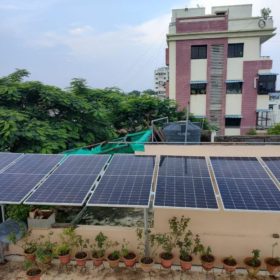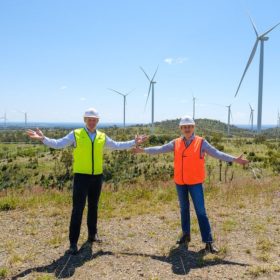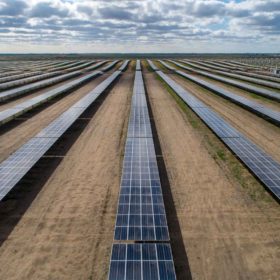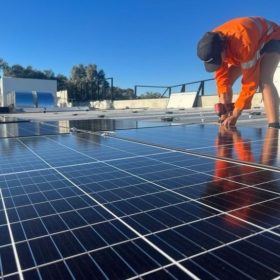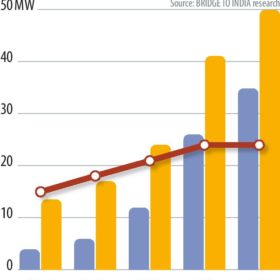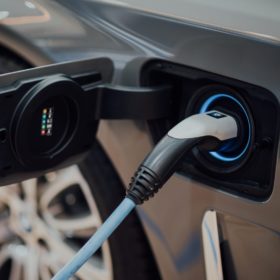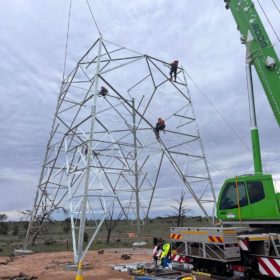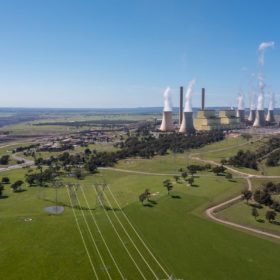Residential rooftop solar capacity in India tipped to rise by 60% this fiscal year
India’s cumulative residential rooftop solar capacity may rise by 60% to reach 3.2 GW by March 31, 2023 driven by rising consumer demand coupled with strong government support.
IEEFA calls for inquiry after network providers pocket ‘supernormal’ profits
The Institute for Energy Economics and Financial Analysis is calling for an independent inquiry into Australia’s electricity networks and their regulators claiming Australians have been overcharged $10 billion (USD 6.5 billion) in the past eight years by distribution and transmission network service businesses making “supernormal” profits from consumers forced to use their poles and wires.
Queensland to leverage position as public customer to ignite renewables manufacturing sector
The Queensland government is looking to jumpstart a local renewable energy equipment manufacturing sector, today calling on electrical manufacturing businesses to register their interest in supplying the thousands of batteries, wind turbines, solar panels, and kilometres of transmission lines the state says it will need to enact its $62 billion energy transformation plan.
NSW opens first in a decade of renewable tenders, targeting 12 GW of generation by 2030
New South Wales has today opened the first in what’s to be a decade of rolling tenders, part of the state’s momentous vision of fitting out 12 GW of renewable energy capacity and 2 GW of storage by 2030.
Victoria tips in $10 million to tackle solar panel waste challenge
With Australia’s appetite for solar energy fuelling a projected surge in end-of-life solar panels, the Victorian government has launched a $10 million program to help deal with the more than 180,000 tonnes of PV panels expected to enter the state’s waste stream by 2035.
Weekend read: strong prospects to ‘Make in India’
India’s renewable energy sector, having so far focused almost solely on adding more generation capacity with ever lower tariffs, is undergoing a drastic change, as policy pivots toward domestic manufacturing. Vinay Rustagi, managing director of Bridge to India, looks at how the border conflict with China and endless supply side disruptions in the wake of Covid-19 have together strengthened the Indian government’s resolve to support the establishment of a more localised supply chain.
Bowen points to manufacturing revival as part of national EV strategy
Australia’s car manufacturing industry could be restarted as the federal government considers ways to increase the affordability, supply and uptake of electric vehicle technologies.
Regulators reinforce need for ‘massive investment’ in energy sector
Australian energy regulators have called for urgent investments in renewable energy capacity and the transmission infrastructure needed to connect new projects to the grid as they look to ensure an orderly transition as coal-fired generation exits the National Electricity Market.
AGL Energy accelerates plan to abandon coal completely
Australia’s largest electricity generator AGL Energy is accelerating its exit from coal, announcing it will shut down the Loy Yang A power plant in Victoria’s Latrobe Valley a decade earlier than planned, with the company aiming to abandon coal completely by 2035.
Queensland warned more work needed to deliver energy transition
The release of Queensland’s $62 billion energy and jobs plan which would shift the state away from coal power by 2035 has been broadly welcomed but the resources sector has warned the government has plenty of work to do to attract the large-scale investment required to implement the strategy.
